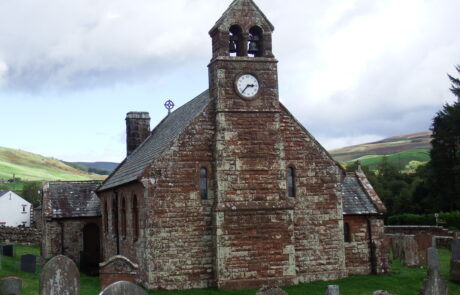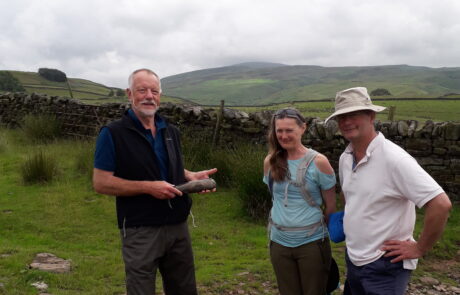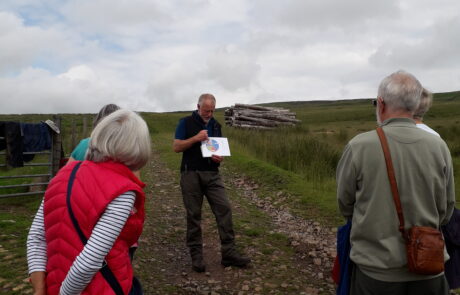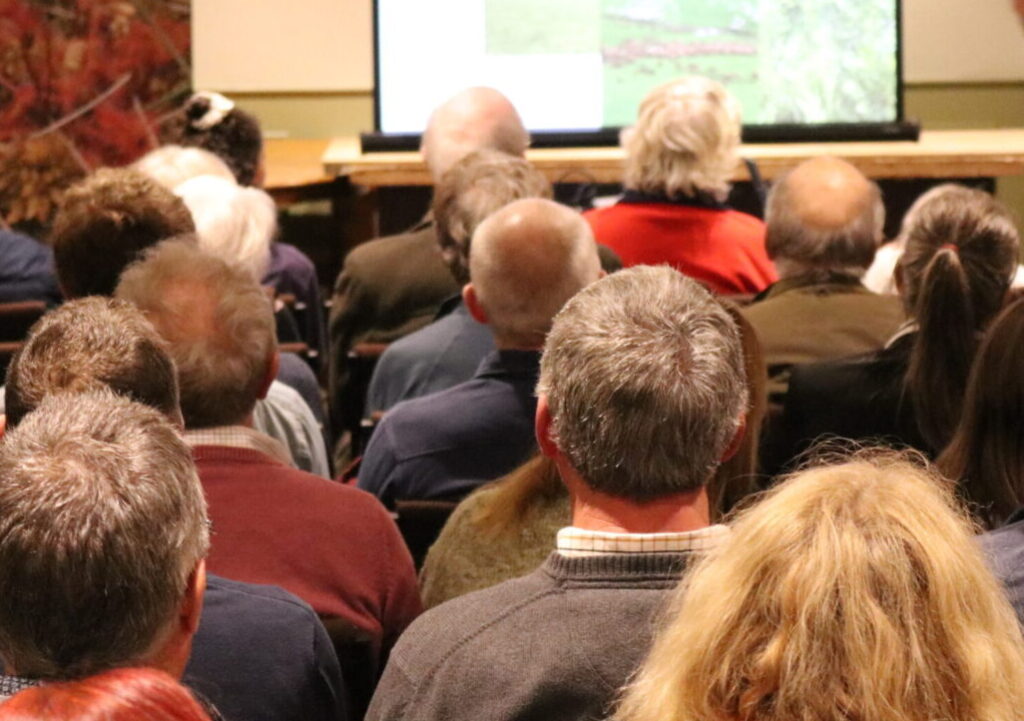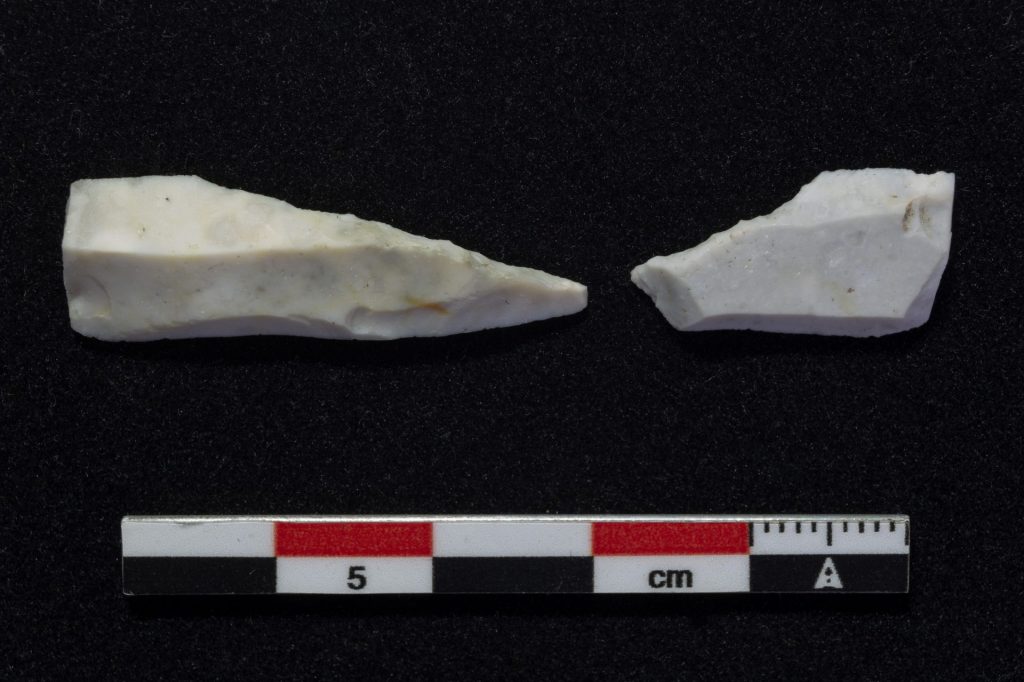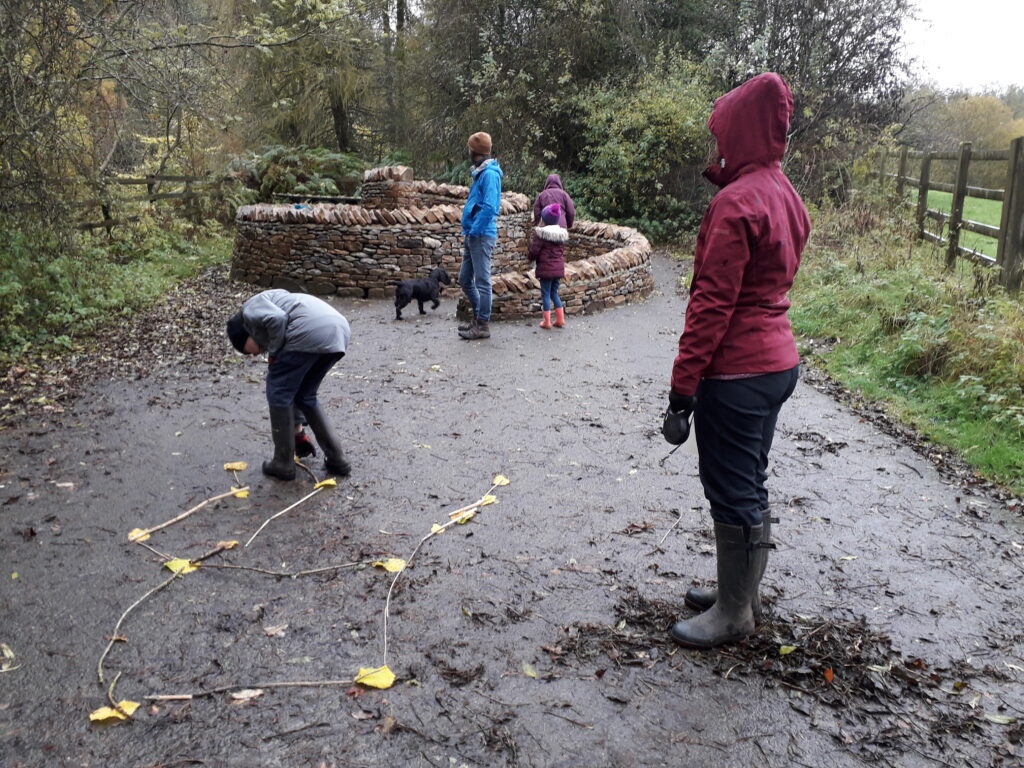What we do
Uncovering the Past
The Fellfoot Forward scheme’s Uncovering the Past project has researched and shared stories about the area’s past, through community engagement with archaeology, historical research, and oral history recording, whilst also providing communities with the skills and confidence to develop future projects.
A virtual exploration in April 2021 and a living history trail in Croglin in July 2021 with volunteers Bruce Bennison, Ruth Lawley and June Hill, and archaeology experts, DigVentures, revealed the how early people interacted with the landscape and its geology, the history of the old Pele Tower, and the lives of some earlier villagers buried in the graveyard. You can read Ruth Lawley’s blog about Croglin church here.
The village atlas programme has undertaken historical research to enhance the nationwide work already being done by local historians as part of the Victoria Counties History (VCH) project. Volunteers delved into historical records to find the stories and information from Hayton, Croglin and Cumwhitton through the years.
Archaeological surveys and digs at a number of sites have been delivered by people from the local community, using a range of techniques with training and supervision from DigVentures. Topographic and geophysical surveys were carried out at Carlatton Cairn and Grey Yauds stone circle in April 2022 – read the blog here. This was followed by an archaeological dig at Carlatton Cairn where local volunteers learned how to methodically and scientifically excavate – read about the dig here.
A geophysics workshop at Long Meg and Her Daughters in August 2022 was followed by an archaeological dig in October 2022 with young people from the community helping in a live excavation with DigVentures, funded by The National Lottery Heritage Fund and Cumbria County Council. Watch the virtual tour below.
Oral histories of past times and current issues have been collected by volunteers across the scheme area, following training by DigVentures. These encouraged older members of the community to share their stories relating to a specific topic and more informal conversations bringing people together to discuss an aspect of past practices, village life or more recent significant events. Listen to the recordings in the video below. Learn how to record oral histories here.
The information gathered through the archaeological surveys is recorded as part of the Historic Environment Register for Cumbria and shared with North Pennines Historic Environment Working Group. Oral histories and any other relevant material are lodged with the Cumbria Archive Services in Carlisle. The sites surveyed and recorded are not planned to be conserved or maintained but information will be shared with Cumbria Historic Environment Services as relevant. The findings will feed into the Victoria Counties local history research.
A significant legacy is the skilled and knowledgeable group of volunteers who can go on to carry out further survey work in the area, either independently or as part of a local history and archaeological trust or society, or support local schools and community groups by delivering guided walks/events based around this and future research.

